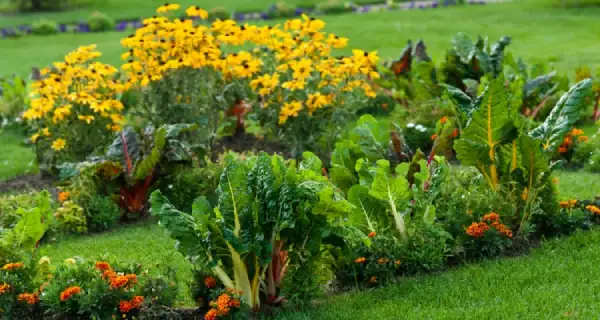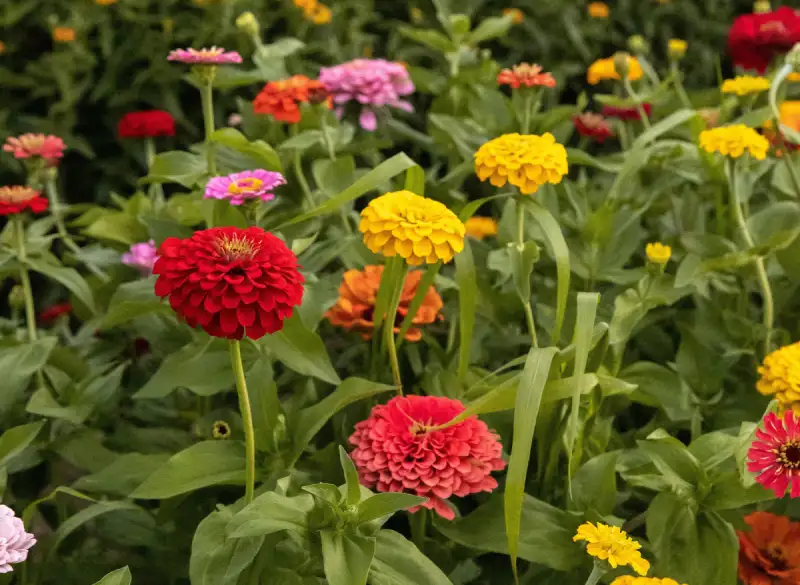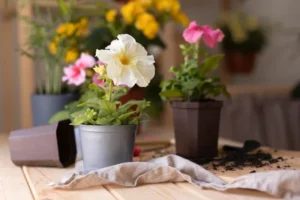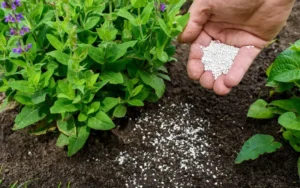If you’ve ever strolled past a garden bursting with bold, colorful blooms and thought, “Why don’t my flowers look like that?” — the secret might be hiding right beneath your feet.

Soil isn’t just dirt. It’s a living, breathing foundation that feeds your plants, stores water, and supports life below the surface. Choosing the right soil for your flowers can mean the difference between a flourishing garden and a disappointing one.
In this guide, you’ll discover:
- ✅ What makes soil healthy and flower-friendly
- ✅ How to choose or create the perfect soil mix
- ✅ Simple tips for improving poor soil in pots or garden beds
Let’s dig in! 🌱
🌿 Why Soil Matters More Than You Think
Flowers are nature’s art — but they need the right canvas. Soil doesn’t just hold plants in place; it provides:
- Water for hydration
- Oxygen for root health
- Nutrients for strong growth and blooms
- Beneficial microbes that protect plants from disease
Poor soil can block these essential resources, leaving flowers stunted, dull, or unable to bloom. The good news? Soil can be improved, no matter your starting point.
🧪 What Makes the Perfect Flower Soil?
Think of it like baking — the right ingredients in the right proportions make all the difference.
1️⃣ Loamy Texture
Loam is the gold standard for flower gardening. It’s a balanced mix of:
- Sand – improves drainage
- Silt – holds moisture
- Clay – stores nutrients
It’s crumbly, soft, and easy for roots to grow through.
2️⃣ Rich in Organic Matter
Healthy soil is alive with earthworms, fungi, and beneficial bacteria. Compost, aged manure, and worm castings keep soil loose, airy, and nutrient-rich.
Great organic additions:
- Compost from kitchen scraps & yard waste
- Leaf mold (decayed leaves)
- Aged manure (cow, chicken, or horse)
- Worm castings (gentle, nutrient-packed)
3️⃣ Well-Draining Yet Moisture-Retentive
Roots need water, but not too much. Soil should act like a sponge — holding moisture without becoming soggy. Avoid heavy clay and overly sandy soils by mixing in compost or coconut coir.
4️⃣ Proper pH Level
Most flowers thrive in slightly acidic to neutral soil (pH 6.0–7.0). Test your soil using a simple kit:
- Too acidic? Add lime.
- Too alkaline? Add sulfur, pine needles, or peat moss.
🌼 Best Soil Mixes by Flower Type
| Flower Type | Ideal Soil Traits |
| 🌸 Annuals | Loose, nutrient-rich, evenly moist |
| 🌻 Perennials | Loamy, compost-rich, drains well |
| 🏵️ Wildflowers | Light, sandy, low-fertility soil |
| 🪴 Container Flowers | Potting mix with peat, perlite, compost, bark |
| 🌷 Bulbs | Loose sandy loam with great drainage |
🪴 DIY Soil Mix for Flower Pots
For container gardening, make your own potting mix for better results:
- 1 part compost (nutrients)
- 1 part peat moss or coconut coir (moisture retention)
- 1 part perlite or coarse sand (drainage)
🧹 How to Improve Your Garden Soil
- Heavy clay soil? Add sand, compost, and gypsum. Avoid walking on wet clay.
- Sandy soil? Mix in compost & peat moss to hold moisture. Use mulch to prevent drying.
- Weedy soil? Sheet mulch with cardboard + compost for one season.
🔄 Seasonal Soil Care
- 🌸 Spring: Add compost, test pH before planting.
- ☀️ Summer: Mulch to keep roots cool & moist.
- 🍁 Fall: Add leaves, grass clippings, compost to break down over winter.
- ❄️ Winter: Cover bare soil with mulch or cover crops.
🚫 Common Flower Soil Mistakes & Fixes
| Mistake | Fix |
| Using garden soil in pots | Use light, well-draining potting mix |
| Skipping compost | Add organic matter every season |
| Overwatering poor soil | Improve drainage with sand/perlite |
| Ignoring pH | Test & adjust annually |
| Planting in compacted soil | Loosen 12 inches deep before planting |
🌟 Final Thoughts
When it comes to vibrant blooms, soil is your secret weapon. Even with perfect sunlight and water, flowers won’t thrive in poor soil. But with compost, good texture, and proper pH, you’ll be on your way to a garden bursting with color.
Remember: Beautiful flowers begin below the surface. 🌸





